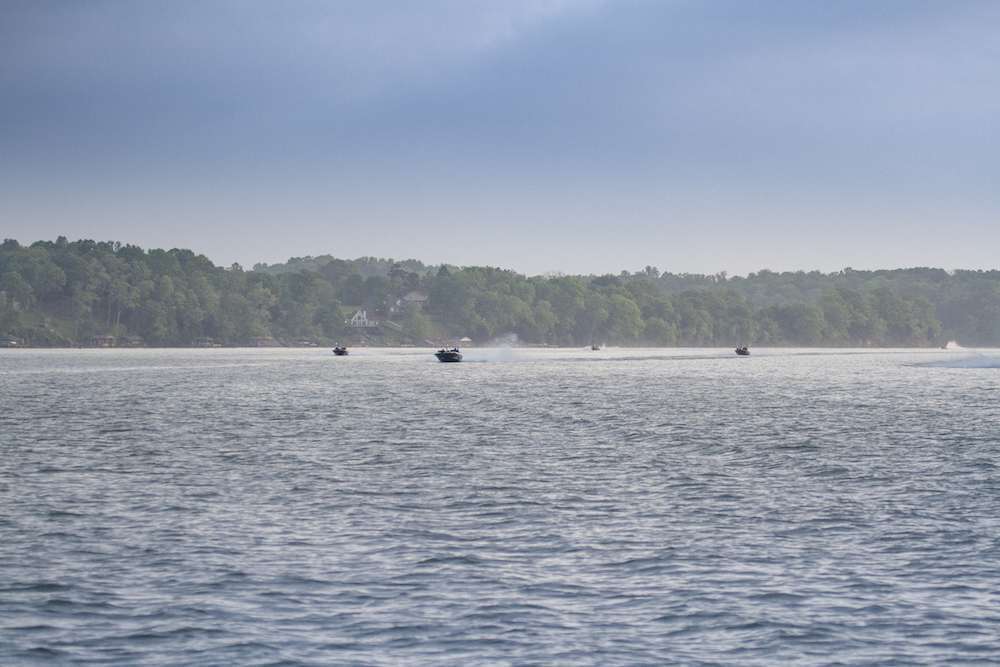
This is the time of year when fishing can get tough. It’s early fall, and the fish tend to scatter.
I saw that first hand last week when I visited Lake Chickamauga to look around for an upcoming Bassmaster Elite, and I think that same scenario is occurring on other southern lakes.
In fact, I think our next three tournaments – Guntersville, Santee Cooper and then Chickamauga – will be tough. There will be fish caught, but you won’t see the big weights. We anglers will find that a few bites will go a long way.
Obviously, the fall fishing will improve as we move toward cooler water later in the season. But in the interim, the bass are in the transition mode, pulling off the main lake stuff and heading into the creeks. While at Chick, I caught fish on the ledges, around grass, in the far backs of creeks and at several points in between.
I didn’t see the schools on my graph that I hoped to see, and when I caught fish, it was a one fish here, two there sort of thing. The fish are still aggressive but scattered so we can’t be as efficient as we are when they are grouped up.
Those big schools you typically find on the ledges in the summer have dispersed. There are still some fish on the ledges, but not the numbers we saw a month or so ago. And because they’ve been so beat up with crankbaits, I think the better bites will come on a big worm, like the Zoom Ol’ Monster.
When looking for bass in that early fall transition, look at intermediate offshore spots between the main lake and creeks. Watch for bottom transitions, such as a change in depth from shallow to slightly deeper. Check the grass beds between the ledges and the backs of creeks. Oftentimes the fish will move to the grass and hold there before they venture into the creeks.
The key is to keep moving and make a lot of casts. This is a time of year when I might have eight different presentations rigged and catch a fish on each one.
Another thing you may find is the fish feeding on tiny baitfish, especially around the grass and in the backs of creeks. When I saw that, I’d scan around with my Garmin LiveScope, and I could see bass around the baitfish. It is a valuable tool for looking for fish and helping you zone in on where to cast.
The fish on ledges may be still eating the big baits, but consider downsizing when you start seeing tiny baitfish in the fall.
For example, where I might throw a standard size Bill Lewis Rat’L Trap at other times, I’ve had success dropping down to a 1/4-ounce Trap or small crankbaits when small baitfish are present.
I also like punching through thick grass with soft plastic baits this time of year.
Topwaters also are good choices for covering water and triggering bites. From now until late fall, the buzzbait should be a part of your arsenal for fishing over grass, logs or around docks.
So, rig up some variety and be willing to try them all. You might catch one on a ledge with a big worm, one on a crankbait in an intermediate depth, and some by punching, fishing shallow crankbaits, or running a buzzbait over cover.
Be versatile and open-minded and you can still scratch out a good catch for the day.





